Osteomet 4mg Injection
$70.00 – $600.00Price range: $70.00 through $600.00
| Pack Size | Price | Price / Unit | Quantity | |
|---|---|---|---|---|
| 1 Injection | $70.00 | $70.00/ unit | ||
| 5 Injections | $325.00 | $65.00/ unit | ||
| 10 Injections | $600.00 | $60.00/ unit |
Want to order in bulk / B2B price ? | Send Inquiry |


| SKU | 11116 |
| Manufacturer | Neon Laboratories Ltd |
| Categories | Menopause |
| Delivery Time | 10 - 14 Working Days |
| Strength | 4mg |
Introduction to Osteomet 4 mg Injection
Osteomet 4mg Injection belongs to bisphosphonate class, containing an active ingredient, Zoledronic Acid, also known as Zoledronate. It is used to treat the porosity or weakening of the bones (Osteoporosis) caused mainly after Menopause (postmenopausal Osteoporosis), also due to usage of steroids or other medicines, changes in hormone levels, inadequate diet intake, etc.
Apart from that, Osteomet 4mg Injection can reduce the risk of breakdown of bones during cancer. It is also used to treat raised levels of calcium in the blood in people who have cancer. This medicine is also used in the treatment of Paget’s disease in which disruption of the replacement of old bone cells with new bone cells occurs.
Osteoporosis is a bone disease which occurs when the body loses too much bone (calcium) into the blood, makes too little bone, or both. As a result, bones become porous, weak, less and fragile, indicating that they may get broken easily from a minor fall or slightest trauma.
Uses of Osteomet 4 mg
Here are some uses of Ostromet 4mg Injection:
- Postmenopausal Osteoporosis
- Hypercalcemia
- Paget’s disease
How Does Osteomet 4 Works?
Osteomet 4mg Injection has an active ingredient, Zoledronic Acid, which is a bisphosphonate. This medicine acts by suppressing the activity of osteoclasts, the cells present in the bone itself and responsible for desorption of calcium from bones which destroy bone only. This injection, however, strengthens the bones & minimizes the risk of fractures.
Side Effects of Osteomet 4mg
Common Side Effects
- Flu-like Symptoms
- Gastrointestinal Issues
- Musculoskeletal Pain
- Headache and Dizziness
- Injection Site Reactions
- Eye Irritation
Serious Side Effects
- Kidney Problems
- Hypocalcemia (Low Blood Calcium Levels)
- Atypical Femur Fractures
- Severe Bone, Joint, or Muscle Pain
- Severe Allergic Reactions
- Eye Inflammation
Dosage of Osteomet 4mg
Osteomet 4mg Injection contains an active ingredient, Zoledronic Acid, which is used to treat or prevent the weakening of the bones (Osteoporosis). This medicine is readily available with all the leading pharmacies, drugstores, and medical supply stores; though, this medication should be taken on doctor’s prescription only.
The patient must discuss with the medical doctor for an alteration of dosage & time of medicine, knowing the fact that the severity of the disease can vary from person to person. Your doctor can best judge this adjustment.
Adults are advised to take Osteomet 4mg Injection at a fixed time with or without food as instructed by your medical doctor. You must take Osteomet 4mg Injection regularly on time for better results.
How to Manage Side Effects?
- Contact Healthcare Provider
- Follow Prescribing Instructions
- Stay Hydrated
- Rest and Pace Yourself
- Report Severe Side Effects
- Address Digestive Issues
- Maintain Communication
Warning & Precautions
Osteomet 4 mg Injection contains zoledronic acid, a bisphosphonate used to treat various bone conditions. To ensure safe and effective use, consider the following warnings and precautions:
1. Osteonecrosis of the Jaw (ONJ):
- A rare but serious condition where the jawbone receives insufficient blood, leading to bone damage. To reduce the risk, maintain good oral hygiene, have regular dental check-ups, and inform your dentist that you are receiving zoledronic acid before undergoing any dental procedures.
2. Unusual Thigh Bone Fractures:
- Prolonged use of bisphosphonates has been associated with rare cases of atypical femur fractures. Report any new or unusual thigh, hip, or groin pain to your doctor promptly.
3. Musculoskeletal Pain:
- Some patients may experience severe bone, joint, or muscle pain after administration. If you develop severe symptoms, contact your healthcare provider.
4. Hypersensitivity:
- Rare cases of severe allergic reactions, including angioedema and anaphylactic shock, have been reported. Seek immediate medical attention if you experience symptoms such as swelling of the face, lips, tongue, or throat, or difficulty breathing.
5. Not Recommended:
- Zoledronic acid is not recommended for use during pregnancy or breastfeeding due to potential risks to the fetus or infant. Inform your doctor if you are pregnant, planning to become pregnant, or breastfeeding.
6. Adequate Fluid Intake:
- Ensure you are adequately hydrated before receiving the injection to minimize the risk of kidney complications.
Safety Advice
- Medical Supervision
- Allergies
- Pregnancy and Breastfeeding
- Medical History
- Dosage
- Proper Administration
- Monitoring
- Drug Interactions
- Immunosuppression
- Side Effects
FAQs – Frequently Asked Questions
1. How Long Should I Receive Osteomet 4mg?
Ans. Osteomet 4mg should be received in the dose and duration as advised by your doctor. The medicine takes around 6 months to show its maximum benefits on bones. However, in some cases, the doctor may suggest Osteomet 4mg for a longer duration. The exact duration will depend on the condition you are being treated for.
2. How is Osteomet 4mg Administered?
Ans. Osteomet 4mg will be given to you only by a doctor or a nurse into a vein (intravenously). Your doctor will decide the correct dose and duration of Osteomet 4mg for you depending upon your age, body weight and disease condition.
3. Can Osteomet 4 Mg Cause Constipation?
Ans. Yes, Osteomet 4mg may cause constipation in some individuals. To manage this effect, try to eat more high-fibre foods such as fresh fruit, vegetables, cereals and drink plenty of water. If this does not help, inform your doctor for receiving alternate treatment for constipation.
| Pack Size | 1 Injection, 10 Injections, 5 Injections |
|---|---|
| Price/Unit | $60/unit, $65/unit, $70/unit |
Be the first to review “Osteomet 4mg Injection” Cancel reply
Related Products
Menopause
Menopause
Menopause
Menopause
Menopause


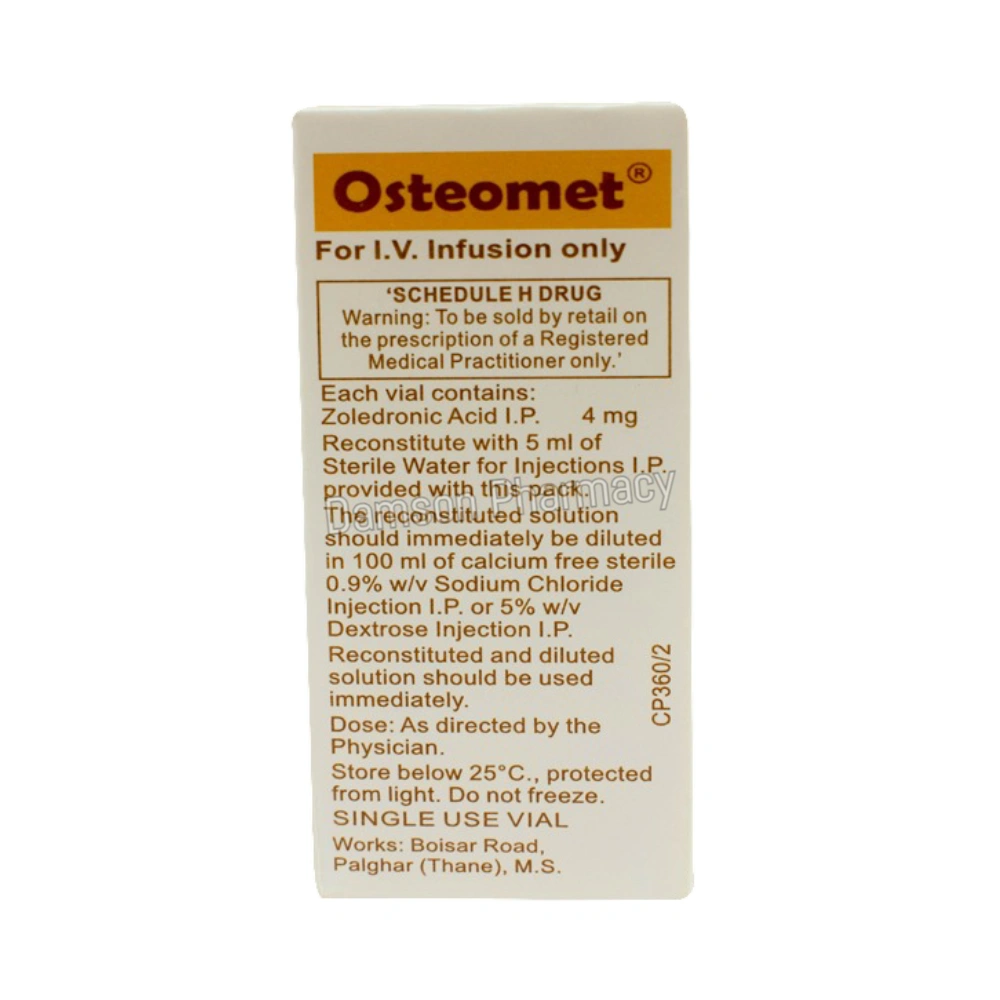

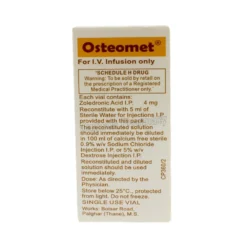
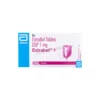
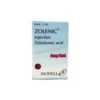

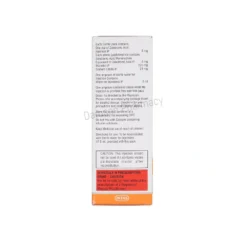
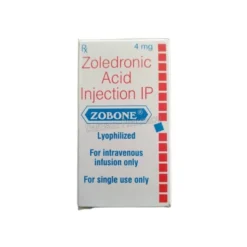
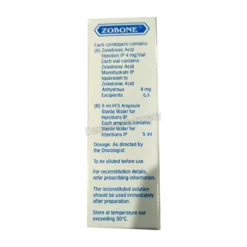
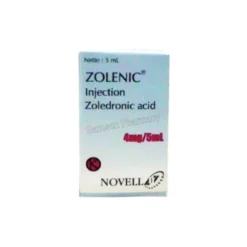

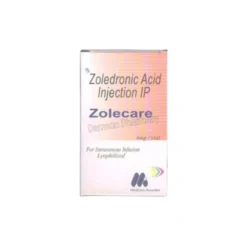

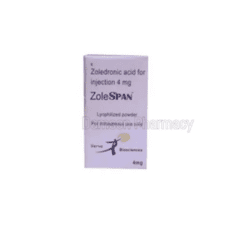
Reviews
There are no reviews yet.